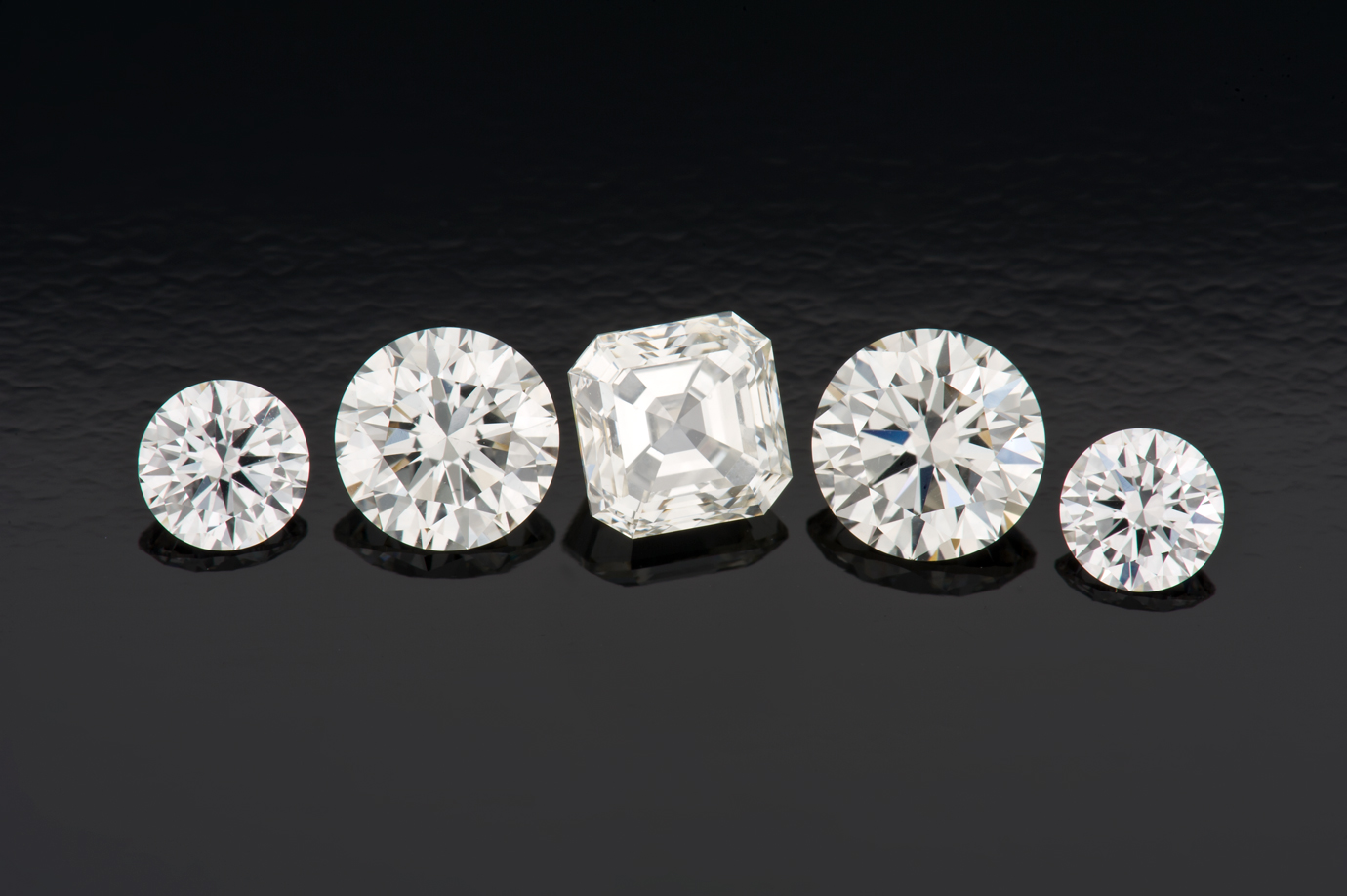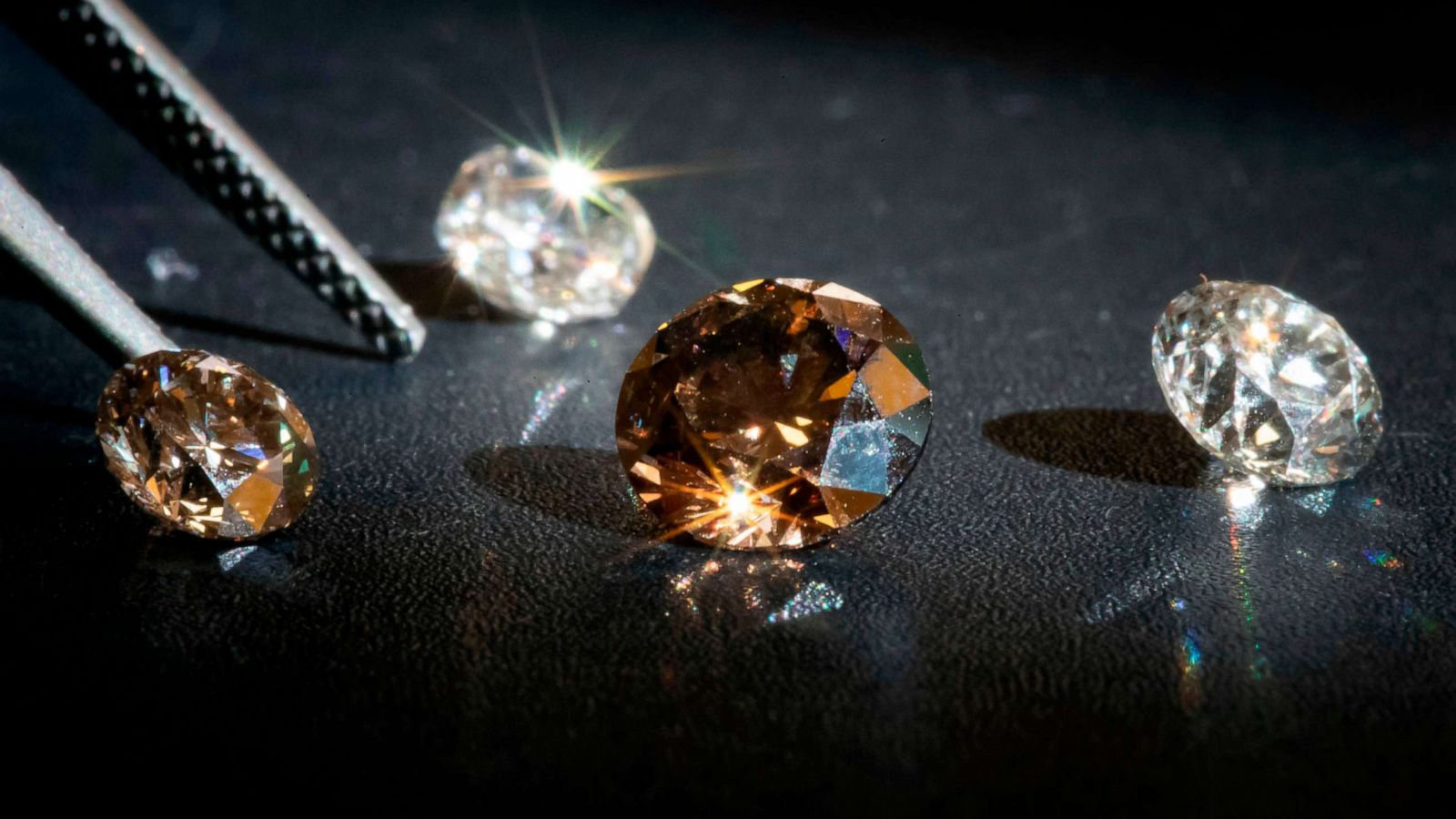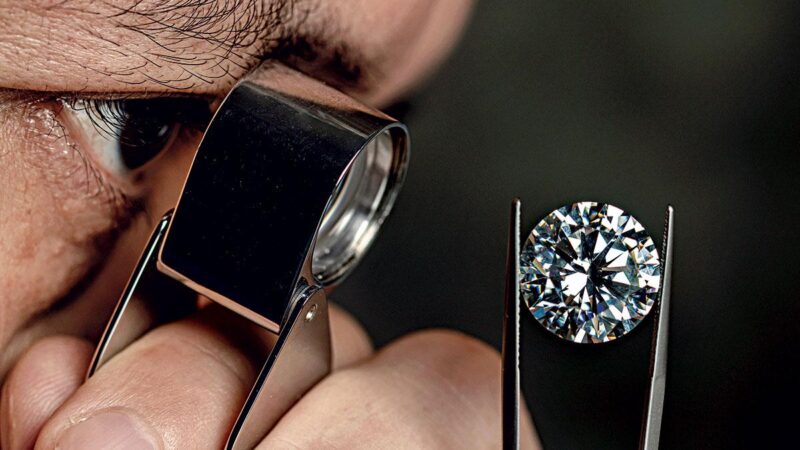In todays world, more and more people are conscious of the impact their purchases have on the environment. This is especially true when it comes to buying diamonds. Many are turning away from mined diamonds in favor of lab-grown diamonds as an ethical and sustainable alternative.
Lab-grown diamonds offer a number of benefits over mined ones, including environmental protection, less labor exploitation and cost savings for consumers. From understanding how these gems are created to looking at their unique visual properties, this article will explore why many believe that lab grown diamonds are indeed an ethical and sustainable choice for those seeking beautiful jewelry pieces with fewer worries about social or ecological impacts.
The Advantages of Lab-Grown Diamonds
When it comes to choosing an engagement ring, moissanite vs diamond is a debate that often arises. Moissanite is a lab-grown gemstone that is becoming increasingly popular as an alternative to diamonds. While diamonds have traditionally been the go-to choice for engagement rings due to their rarity and durability, moissanite offers several advantages.
Firstly, moissanite is less expensive than diamonds, making it a more affordable option for those on a budget. Additionally, moissanite is nearly as hard as a diamond, making it a durable choice for everyday wear. Many also find moissanite to be more brilliant and sparkly than diamonds due to its unique crystal structure.
However, diamonds still hold their place as a timeless and traditional choice for engagement rings. Ultimately, the decision between moissanite vs diamond comes down to personal preference and budget. Regardless of which gemstone you choose, both can make for a stunning and meaningful engagement ring.
What are Lab-Grown Diamonds?

Lab-grown diamonds are the ethical and sustainable alternative to mined diamonds. They are chemically, physically, and optically identical to their naturally occurring counterparts but without the environmental impact of mining. Lab grown diamonds offer a range of benefits when compared with mined diamonds.
They cost up to 40% less than comparable mined stones and can be produced in many different shapes, sizes and colors for jewellery such as earrings, rings or necklaces. Additionally, due to advances in technology, lab-grown diamonds now have much higher clarity grades than natural options which means they sparkle more brightly! In addition to being eco-friendly and budget-friendly, lab-grown diamonds provide assurance that your diamond is conflict free since it is not sourced from war zones or unethical labour practices.
Furthermore, they’re certified by independent gemological laboratories like GIA (Gemological Institute of America), IGI (International Gemological Institute) and HRD Antwerp so you know exactly what you’re buying when purchasing a lab-grown diamond – no surprises! So if youre looking for an affordable yet beautiful piece of jewelry that has been ethically crafted then lab-grown diamonds might just be the perfect choice for you!
Why is it Important to Choose an Ethical and Sustainable Option?
Choosing an ethical and sustainable option when buying diamonds is a smart decision because it helps protect the environment, human rights, and contributes to social responsibility. With lab-grown diamonds, consumers can purchase a product that has not been associated with unethical mining practices or environmental destruction. It also provides customers with the assurance that their diamonds have not been smuggled from war zones or conflict areas in Africa.
Furthermore, lab-grown diamonds require less energy for production than mined ones and are completely traceable throughout the entire manufacturing process – meaning no hidden costs or questionable labour practices involved in their production. In addition, since lab-grown diamonds are created using technology rather than natural resources like oil and gas used to mine them – they represent an environmentally friendly choice compared to traditional mined diamonds which have a large carbon footprint due to the need for heavy machinery used during mining operations.
Finally, by choosing ethically produced diamond alternatives such as those grown in laboratories you will be supporting both local communities as well as global efforts towards sustainability while still having access to beautiful gemstones of similar quality at lower prices compared to mined options.
How Are Lab-Grown Diamonds Produced?

Lab-grown diamonds are produced in a laboratory with the help of advanced technology. Through an advanced process called chemical vapor deposition (CVD), lab-grown diamonds are created by using carbon and other elements found naturally in diamond deposits. During this process, tiny particles of carbon are placed into a pressurized vacuum chamber that is heated to extremely high temperatures (over 1000°C). The carbon then breaks down and forms crystals which form the basis for what will become a lab-grown diamond.
This entire process can take up to two weeks or more, depending on the size and quality of the stone desired. Lab-Grown diamonds offer an ethical alternative as they require no mining or displacement of earth’s resources; instead relying solely on energy from renewable sources such as solar power. They also minimize any social or environmental impacts associated with traditional diamond mining operations, making them sustainable options for consumers who value sustainability when buying jewelry.
Is a Lab-Grown Diamond as Valuable as a Mined Diamond?
The debate of whether a lab-grown diamond is as valuable as a mined diamond has been around for some time now. While mined diamonds are often seen as the more traditional option, lab-grown diamonds have become increasingly popular due to their ethical and sustainable production process. But, when it comes to how much these two types of diamonds are worth, opinions differ greatly. On one hand, you could argue that when it comes to price points, there isn’t much difference between the two. Lab-grown diamonds may be cheaper than mined ones because they require fewer resources and labor costs during production; however, industry experts suggest that often they can still carry similar prices at the retail level – sometimes even higher!
On the other hand, though, some people would disagree with this argument and say that traditionally sourced diamonds will always hold greater value than those produced in a laboratory setting since they are rarer stones formed over millions of years by nature alone. This opinion suggests that while both types can be beautiful and sparkle just like any other jewels – natural diamonds will remain more sought after due to their perceived rarity and age old legacy connected with them.
As you can see from this brief overview on the subject matter – both arguments bring up valid points stating why either type of diamond could or couldnt be deemed equally valuable compared to each other depending on who you ask or what perspective you take into consideration. Ultimately though – only an individual buyers preference towards either option will determine which stone holds greater value for them personally!



